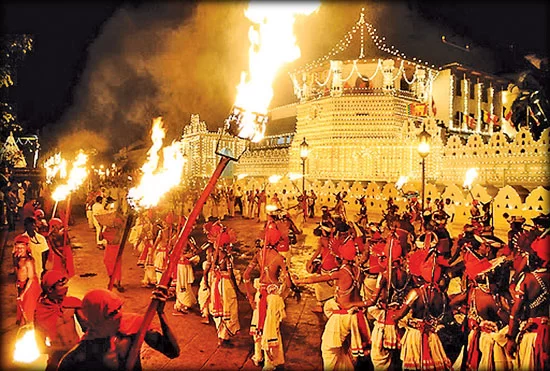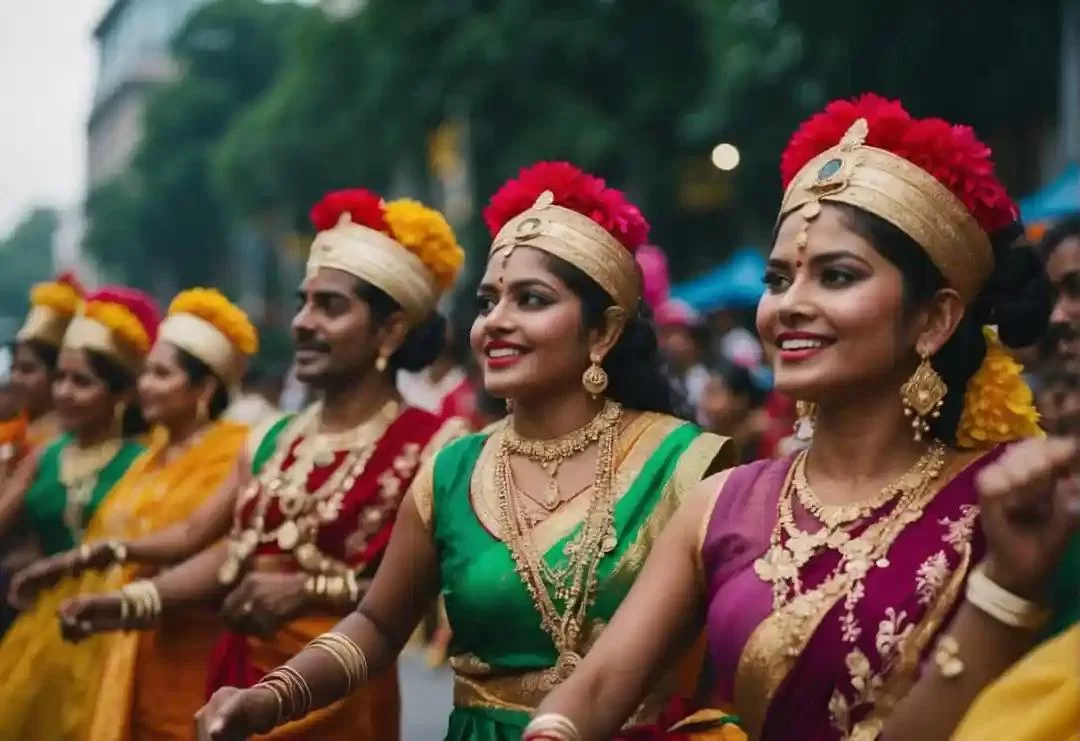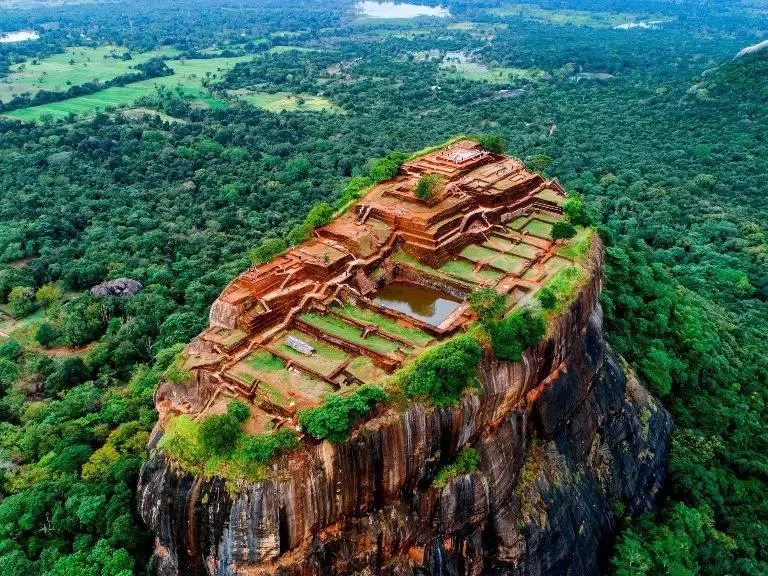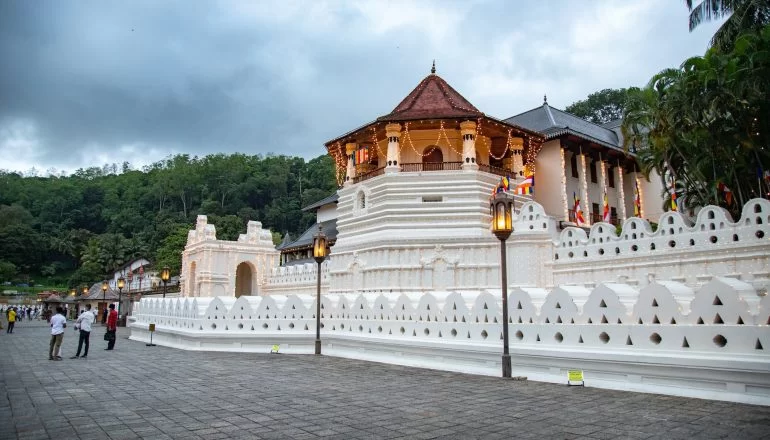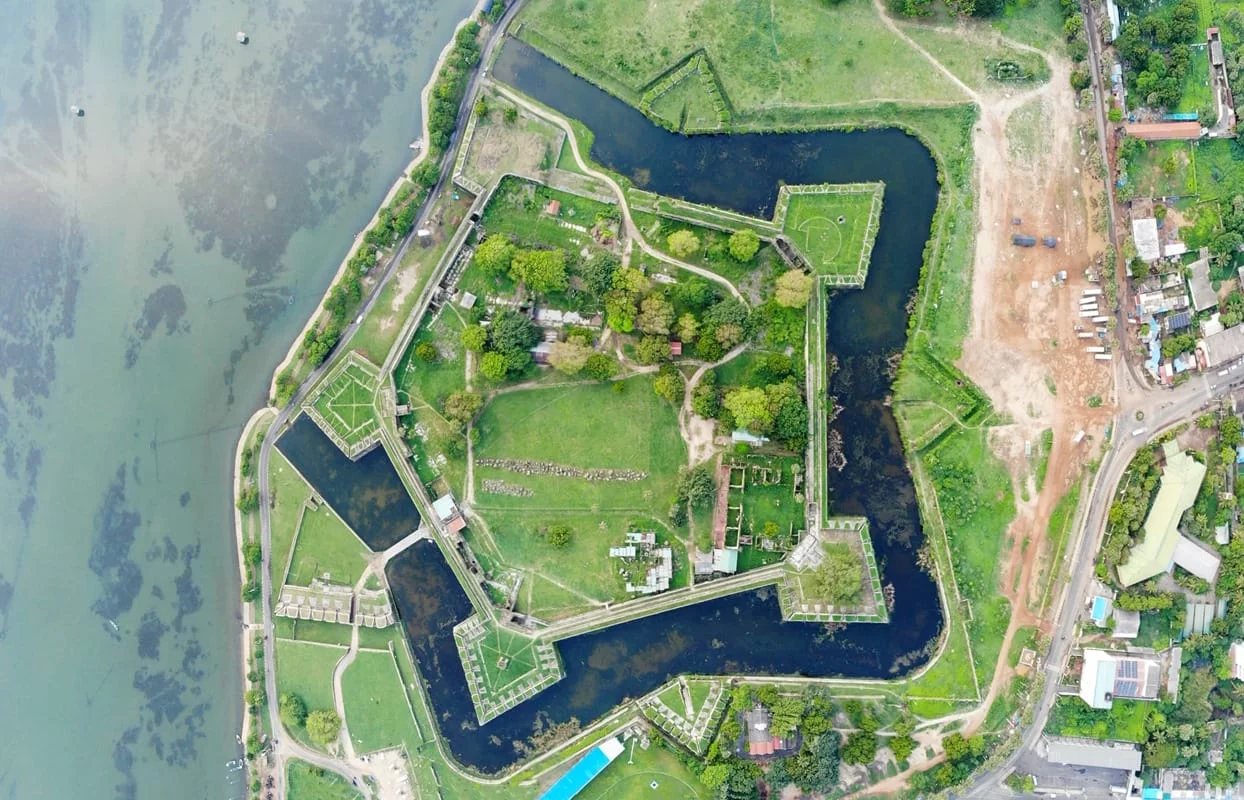Explore the Best Historical Monuments in Sri Lanka
- 1. Why Visit Historical Monuments in Sri Lanka?
- 2. Must-See Historical Monuments in Sri Lanka
- 3. Exploring Sri Lanka’s Ancient Temples and Ruins
- 4. The Cultural Significance of Sri Lankan Monuments
- 5. How to Plan Your Trip to Sri Lanka’s Monuments
- 6. Real-Life Travel Stories from Sri Lanka
1. Why Visit Historical Monuments in Sri Lanka?
Sri Lanka, a country with a rich history and vibrant culture, is home to some of the most awe-inspiring historical monuments in the world. From ancient temples and palaces to royal ruins and massive rock fortresses, these monuments are a testament to the island’s fascinating past. For history buffs and culture enthusiasts, visiting Sri Lanka’s monuments offers a chance to immerse oneself in the stories and legacies of ancient civilizations.
Beyond their historical significance, many of Sri Lanka’s monuments are stunningly beautiful, with intricate carvings, breathtaking architecture, and stunning natural surroundings. Whether you are an avid historian or simply someone looking to appreciate art and culture, Sri Lanka’s monuments provide an enriching experience for every traveler.
2. Must-See Historical Monuments in Sri Lanka
Sri Lanka offers a vast array of historical monuments, each with its own unique story to tell. Here are some of the must-see monuments you can explore during your visit:
- Sigiriya Rock Fortress: Known as the “Lion’s Rock,” Sigiriya is one of Sri Lanka’s most iconic landmarks. This ancient rock fortress was built in the 5th century by King Kasyapa and features stunning frescoes, mirror walls, and a breathtaking view from the summit. It's a UNESCO World Heritage Site and a must-see for any visitor.
- Temple of the Tooth (Sri Dalada Maligawa): Located in Kandy, this sacred Buddhist temple houses the relic of the Buddha’s tooth. It is a major pilgrimage site for Buddhists worldwide and an important cultural and religious monument in Sri Lanka.
- Polonnaruwa Ancient City: Polonnaruwa was the capital of Sri Lanka from the 11th to the 13th century. Today, it is home to impressive ruins of ancient temples, royal palaces, and statues, including the famous Gal Vihara rock temple, which features beautifully carved Buddha statues.
- Anuradhapura Ancient City: Anuradhapura was the first capital of Sri Lanka and is one of the ancient capitals of South Asia. The city is known for its well-preserved ruins, including stupas, temples, and the sacred Sri Maha Bodhi tree, which is said to be a sapling from the original tree under which the Buddha attained enlightenment.
- Dambulla Cave Temple: The Dambulla Cave Temple is a complex of five caves containing over 150 Buddha statues and stunning murals depicting scenes from the life of the Buddha. It’s a UNESCO World Heritage Site and one of Sri Lanka’s most important Buddhist temples.
3. Exploring Sri Lanka’s Ancient Temples and Ruins
Sri Lanka is home to numerous ancient temples and ruins that showcase the country’s long-standing religious and cultural heritage. These sites are not only beautiful but also rich in history and significance:
- The Temple of the Tooth: This sacred Buddhist temple in Kandy is one of the most revered sites in Sri Lanka. The temple holds the relic of the Buddha’s tooth, making it a focal point for both Buddhist pilgrims and tourists. Visitors can marvel at the ornate architecture and take part in religious ceremonies held daily.
- Ruwanwelisaya Stupa: Located in Anuradhapura, the Ruwanwelisaya Stupa is one of the largest and most important stupas in Sri Lanka. It is said to house relics of the Buddha and is an important site for Buddhist worshipers.
- Polonnaruwa Vatadage: The Vatadage in Polonnaruwa is an ancient circular structure that once housed the Buddha’s relics. The ruins feature stunning stone carvings and architectural precision that highlight the skill of the builders from the medieval period.
4. The Cultural Significance of Sri Lankan Monuments
Sri Lanka’s monuments are not only historical treasures but also vital symbols of the country’s religious and cultural identity. Many of the monuments are linked to Buddhism, which plays a central role in the lives of the Sri Lankan people. The Temple of the Tooth, for example, is a place of immense cultural and religious importance, and it attracts thousands of pilgrims every year who come to pay respects to the Buddha’s relic.
In addition to their religious significance, Sri Lanka’s ancient monuments also serve as a testament to the island’s advanced engineering and artistic achievements. The intricate carvings, murals, and architectural feats found in sites like Sigiriya and Dambulla speak to the sophisticated artistry and craftsmanship of Sri Lanka’s ancient civilizations.
5. How to Plan Your Trip to Sri Lanka’s Monuments
Planning a trip to Sri Lanka’s monuments can be an exciting and enriching experience. Here are some tips to help you make the most of your visit:
- Start in Colombo: Colombo is the capital of Sri Lanka and the perfect place to start your journey. From there, you can easily access major sites like the Temple of the Tooth and the National Museum of Colombo.
- Hire a Local Guide: A knowledgeable local guide can provide in-depth insights into the history and significance of the monuments. They can also help navigate the best routes to visit various sites across the country.
- Consider Hiring a Car or Driver: While public transport is available, renting a car or hiring a driver can be more convenient when visiting multiple monuments across the island.
- Pack for Comfort: Many of Sri Lanka’s monuments require walking and climbing, so be sure to pack comfortable shoes, sunscreen, and plenty of water for your excursions.
6. Real-Life Travel Stories from Sri Lanka
Many travelers have shared their memorable experiences while visiting Sri Lanka’s historical monuments. For instance, John, a tourist from the United States, recalls his experience at Sigiriya: “Climbing to the top of Sigiriya was challenging but absolutely worth it. The views were breathtaking, and standing at the summit, surrounded by ancient ruins, felt like stepping back in time.”
Similarly, Sarah from the UK shares her experience visiting the Dambulla Cave Temple: “I was amazed by the intricate paintings and statues inside the caves. It was a peaceful and spiritual experience that really allowed me to connect with Sri Lanka’s rich cultural heritage.”
These personal travel stories highlight the unique beauty and cultural significance of Sri Lanka’s monuments, and they show why these sites are so special to those who visit.
<< BackMore
